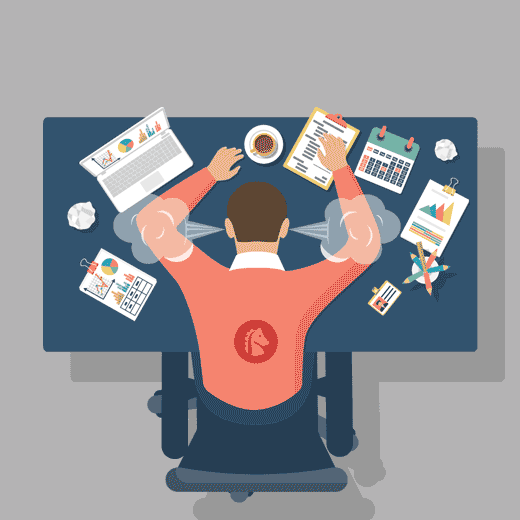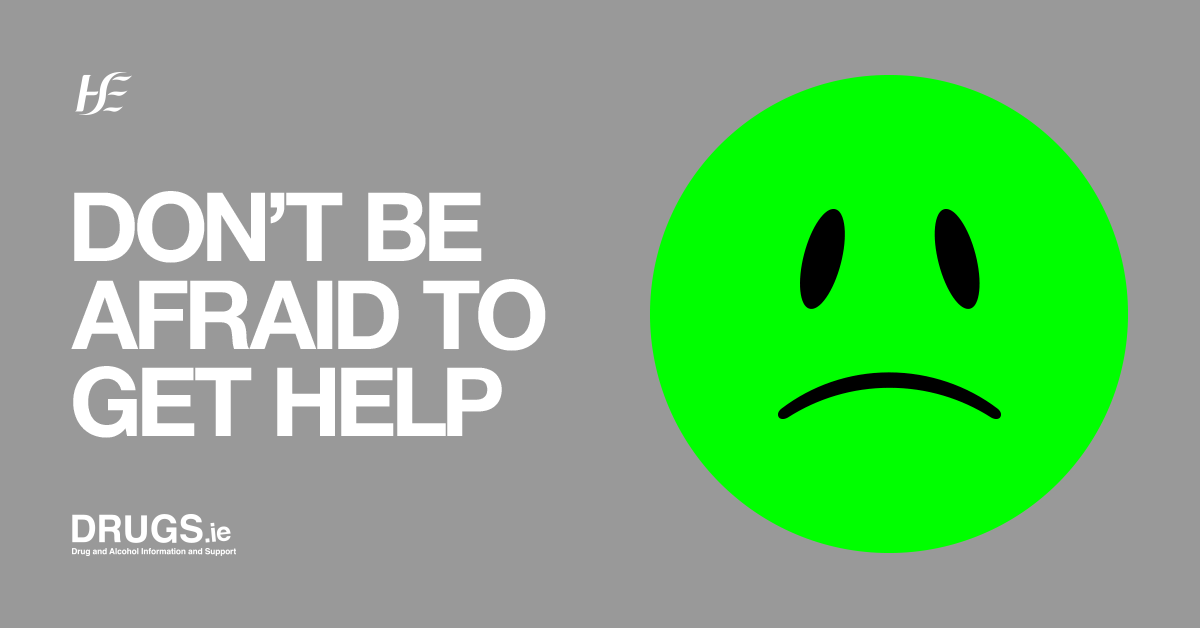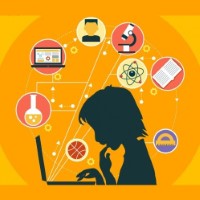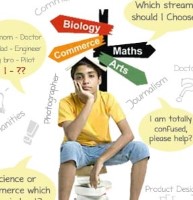Introduction
Illicit drug use is the physical and mental need to keep utilizing a substance, despite its destructive or hazardous impacts. It is essential to remember that these signs don’t show up for each situation, or each illicit drug use. Nonetheless, these signs show up frequently enough that they merit seeing and reacting to with proper treatment. Read more to know about the signs of Drug addiction.
Signs and Symptoms
Yearnings– Individuals experiencing dependence normally experience extraordinary desires or longings for the medication as their habit creates. Desires can be thought of as the cognizant or oblivious experience of needing to utilize a substance. They are a focal element of enslavement.
Resistance– After some time and with delayed use, the individuals who use medications can develop resistance to them, which means they need all the more medication to accomplish the ideal effects.
Withdrawal indication- Numerous medications make withdrawal indications when the individuals who use them endeavor to stop suddenly or decrease their utilization. The presence of a withdrawal condition and resistance demonstrates that physiologic reliance on a substance is occurring.

Physical reliance– Physical reliance on medications can create as people become used to the relentless presence and impact of the substance. The adjustments in physiology that go with this cycle leave individuals feeling inadequate or working sub-ideally when the medication is no longer in the system.
Misguided thinking– At the point when an individual is dependent on medications, the individual in question may effectively get more, including dangerous practices, for example, taking, lying, participating in risky sexual activity, selling medications, or violations that could land the individual in jail.
Medication chasing- Individuals may invest exorbitant measures of time and energy finding and getting their medication of decision.
Money related difficulty- People utilizing medications may go through enormous and unexplained measures of cash, channel their financial balances, and go outside their spending plans to get the medication. This conduct can be a significant warning for enslavement and has monstrous outcomes. An ongoing review of 341 Americans demonstrated that 44% had a friend or family member with a substance use problem, and of those with a substance use issue, 48% depleted investment funds or retirement accounts, 42% sold resources for money, 11% petitioned for bankruptcy.
/what-is-treatment-resistant-depression-4588737_final_logo-00abf86b1c27481fa73b0b3c9aa0fde9.gif)
Disregard duties– At the point when individuals pick utilizing or getting the medication over gathering work or individual commitments, this is an exemplary indication of enslavement.
Creating undesirable fellowship- At the point when individuals begin utilizing new substances, they may invest energy with other people who have comparable propensities. They may spend time with another gathering of individuals who may support unfortunate propensities; doing so makes them bound to use for a more extended time, particularly if others in the gathering have a negative life outlook.10
Disconnect– On the other hand, people may pull back and detach themselves, concealing their medication use from loved ones. A few purposes behind this may incorporate apparent disgrace or expanded despondency, nervousness, or suspicion because of their illicit drug use.
What are Physical Signs of Drug Abuse?
The absolute most observable side effects of medication use are those that influence certain physiological cycles. For instance, your body’s resistance to a medication creates when a medication is utilized long or regularly enough that it adjusts to the reliably raised presence of the substance. At the point when resilience develops, expanded amounts or qualities are needed to accomplish the past effects.
People utilizing medication to get high may come to take such huge dosages to conquer their resistance that they place themselves at expanding danger of possibly lethal overdose.

Changes in appearance can be extra hints to conceivable medication use and may include:
- -Red or coated eyes.
- -Expanded or choked understudies.
- -Sudden weight changes.
- -Changes in cleanliness.
- -Dental issues.
- -Skin changes.
- -Issues resting or dozing excessively.
Signs will fluctuate dependent on the substance and the technique utilized (i.e., smoking, infusion, and so forth).
What are Behavioral Signs of Drug Abuse?
Drug abuse will in general altogether modify an individual’s conduct and propensities. A few medications can impede the cerebrum’s capacity to center and think.

Changes in conduct, for example, coming up next, are here and there related to hazardous substance use:
- -Expanded hostility or fractiousness.
- -Changes in mentality/character.
- -Dormancy.
- -Despondency.
- -Unexpected changes in an interpersonal organization.
- -Emotional changes in propensities as well as needs.
- -Contribution to crime.
Figuring out how to perceive the physical or conduct indications of medication use can help keep the issue from advancing further.
Indications of Intoxication, by Specific Drug
Weed
- -Lustrous, red eyes
- -Uproarious talking and wrong chuckling followed by drowsiness
- -A sweet consumed aroma
- -Loss of intrigue, inspiration
- -Weight increase or misfortune.

Liquor
- -Awkwardness
- -Trouble strolling
- -Slurred discourse
- -Lethargy
- -Misguided thinking

Cocaine, Crack, Meth, and Other Stimulants
- -Hyperactivity
- -Happiness
- -Fractiousness
- -Tension
- -Unreasonable talking followed by sorrow or exorbitant resting at odd occasions
- -Go significant periods without eating or dozing
- -Enlarged students
- -Weight reduction
- -Dry mouth and nose.

Heroin
- -Needle marks
- -Dozing at unordinary times
- -Perspiring
- -Retching
- -Hacking and sneezing
- -Jerking
- -Loss of hunger
- -No reaction of students to light.

Depressants (counting barbiturates and sedatives)
- -Appears to be smashed as though from liquor however without the related scent of liquor
- -Trouble concentrating
- -Awkwardness
- -Misguided thinking
- -Slurred discourse
- -Drowsiness
Inhalants (Glues, vaporizers, and fumes)
- -Watery eyes
- -Hindered vision, memory, and thought
- -Emissions from the nose or rashes around the nose and mouth
- -Migraines and sickness
- -The appearance of inebriation
- -Sluggishness
- -Helpless muscle control
- -Nervousness
- -Fractiousness

Stimulants
- -Enlarged students
- -Peculiar and unreasonable conduct including distrustfulness, hostility, pipedreams
- -Mindset swings
- -Separation from individuals
- -Ingestion with self or different articles, slurred discourse
- -Disarray

Conclusion
It’s critical to know the signs and side effects of illicit drug use. Liquor or chronic drug use changes how an individual looks, acts, and feels. The side effects of substance use problems are connected to changes in the body, conduct, and feelings. Fortunately, you can find when a companion or relative has gotten dependent on drugs by watching the accompanying indications of substance maltreatment in grown-ups.




















